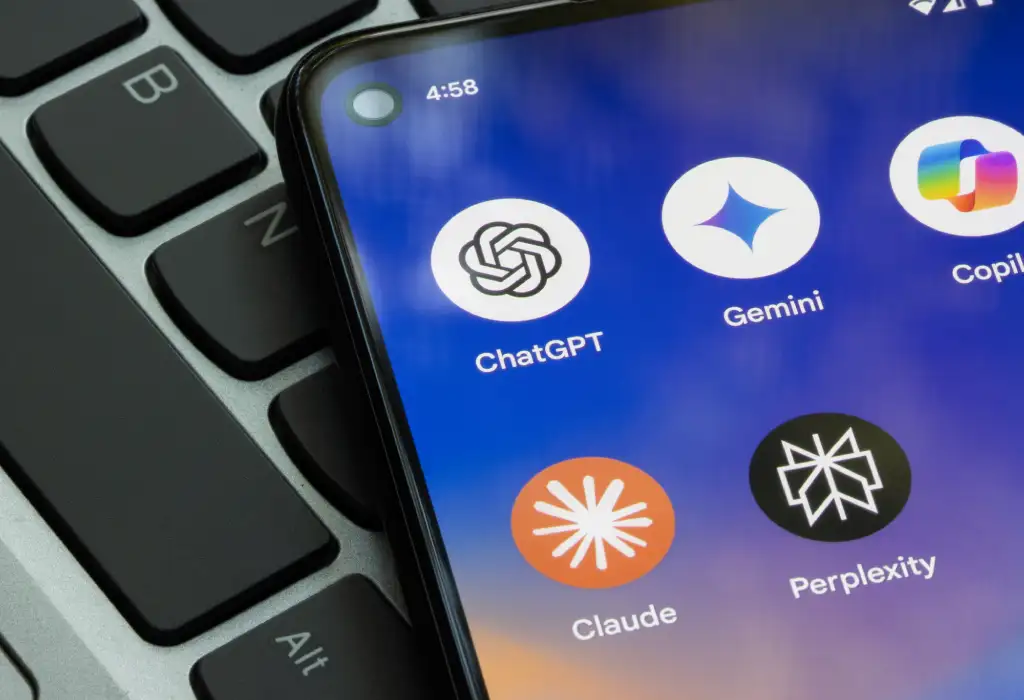When Words Cost Millions: Media Liability Insurance in the Digital Age

As our phones get to know us better than our friends and family, the question of who’s responsible for what we consume online has never been murkier. Media liability used to be a straightforward game. If you printed something outrageous, you’d get sued. Now, the game has new players: algorithms serving up personalized content, influencers sharing opinions and trends for likes and views, and endless doomscrolling. As social media becomes more pervasive and persuasive, the consequences of media exposure are real.
Meta under fire: How media liability affects the media industry
Take the recent 41-state lawsuit against Meta. Attorneys general from those states accused the tech giant of intentionally designing Facebook and Instagram to be addictive for kids and teens, leading to anxiety, depression and poor body image. The suit also alleges that Meta ignored its own research showing these harms, all while quietly collecting data from users under 13. Meta, of course, denies wrongdoing and points to features they have implemented such as parental controls and break reminders. But this lawsuit puts a spotlight on something important: Defining media liability in the digital age is getting complicated.
And where there’s liability, there’s insurance. As media grows more complex and legally risky, media liability insurance has become less of a luxury and more of a survival tactic. Whether you’re a multinational tech company or content creator or managing multiple social media accounts, understanding what this insurance covers might be the difference between a slap on the wrist and a full-blown courtroom drama (soon to be on Netflix).
Who actually needs media liability insurance?

It’s easier than ever to create and spread content, but doing so can increase your risk. Media liability insurance protects content creators and distributors against claims arising from their published content. Unlike standard business insurance, media liability addresses content-related risks that might not be covered under other policies.
That’s why media liability insurance is no longer just for traditional media companies. Today, anyone who creates, shares or even manages content can be exposed to media-related risks such as:
- Content creators: Influencers, bloggers, podcasters
- Creative professionals: Marketers, designers, photographers
- Digital managers: Social media managers, website administrators
- Service providers: IT consultants, web developers, app creators
- Small businesses: E-commerce owners, freelancers, local businesses with online presence
You should review your existing insurance policies—especially cyber liability coverage—to see what media protections are included.
What does media liability insurance actually cover?
When things go sideways with content, they tend to go sideways in specific ways. Media liability insurance typically covers claims like:
- Defamation (libel/slander)
- Trademark infringement
- Copyright issues
- Invasion of privacy
- Intellectual property disputes
- Plagiarism accusations
- Emotional distress claims
Basically, if someone can sue you for something you published, posted, shared or created, this insurance is designed to help.
When good content goes bad: The legal costs of media liability
The classified ad
A small local journal published a classified ad for yard work. The advertiser requested that applicants be of a certain age. Though seemingly harmless, the ad was flagged for age discrimination, leading to a lawsuit. This case serves as an example of how media liability insurance can protect against unexpected legal challenges.
Fortunately, the publisher had media liability insurance that covered legal defense costs and helped settle the case outside the courtroom. This single incident changed how the publisher handles all classified listings going forward.
The edited video
In another case, a blog published an edited video of a speech given by an executive. The editing made it appear as though the executive was admitting to sexism and discrimination against women in the workplace. The executive was forced to resign and subsequently sued the blog for defamation.
The defense costs alone exceeded $3 million — blowing past the policy’s limit of liability. Media liability insurance helps defend against defamation claims, and without it, this could have bankrupted the company.
The published Work
In a different case, an author wrote a book about a famous artist and later sold the movie rights. Another writer who had previously published memoirs about the same artist filed a copyright infringement lawsuit, claiming the book — and by extension, the movie — infringed on their work.
The total defense costs and settlement exceeded $50,000. Not as dramatic as the defamation case, but still a significant hit for an individual author or small publishing house.
These cases illustrate an important point: Media liability claims can range from modest settlements to multi-million-dollar legal battles. The larger your company and the more content you produce, the greater your potential exposure. Having a specialized lawyer to handle copyright infringement cases is crucial, as they can navigate the complexities and help mitigate prolonged litigation and increased expenses.
The legal gray areas are getting grayer

The growth of AI capabilities and social media is pushing businesses into uncharted territory. User-generated content is blurring the lines between publisher and platform. Is your business responsible for a comment someone leaves on your Facebook post? What if your AI tool creates content that accidentally resembles someone else’s work?
These questions fall under the defamation umbrella, but proving intent and assigning liability remains murky at best. As these legal questions remain unsettled, more nuanced media liability policies are emerging that anticipate these risks rather than just reacting to established case law.Even service businesses that recommend or sell third-party products need protection. For instance, you could face a professional liability claim if you recommend a specific piece of equipment or software that fails. Although that falls under errors and omissions coverage, product liability issues sometimes intertwine with professional liability.
Protecting your business before things go wrong
If you’re creating or sharing content (and who isn’t these days?), you need some basic protection. You’ll need to:
- Establish clear editorial guidelines. Employees need to know what can and can’t be published.
- Create vetting processes. Appoint someone to verify content accuracy and sourcing.
- Understand rights and licensing. Don’t use images or content you don’t have rights to.
- Train your team regularly. Make sure everyone understands media law basics.
- Consult legal counsel early. Get advice before publishing high-risk content.
- Have takedown protocols ready. Know how to quickly remove problematic content.
What happens when a claim hits
Let’s say the worst happens. Someone claims your latest blog post damaged their reputation, or your social media manager accidentally used a trademarked phrase in a campaign. What now?
First, your insurance typically covers the cost of legal defense. This is huge because even if you ultimately win the case, legal fees can be substantial. Your policy may also cover settlements or judgments if you lose.
Many policies include crisis management support too. This means PR help to manage your reputation during a media crisis because sometimes the court of public opinion can be just as damaging as an actual courtroom.
Bottom line for business owners

The media landscape isn’t getting any simpler. As your business creates more content across more platforms, your exposure grows. Media liability insurance isn’t just for the big players anymore — it’s becoming essential protection for businesses of all sizes.
Take a minute to review your current insurance coverage and see what media-related risks you might be exposed to. Because in today’s world, a single post can reach more people than a newspaper ever could — and that reach comes with responsibility and risk.
Don’t wait until disaster strikes to assess your coverage. Start by consulting with your broker to make sure your policies align with your unique content publication needs. Having the right media liability insurance policy in place is crucial to protect against financial repercussions from project delays and missed deadlines. If you need help navigating media liability insurance coverage, contact Crane Agency.

